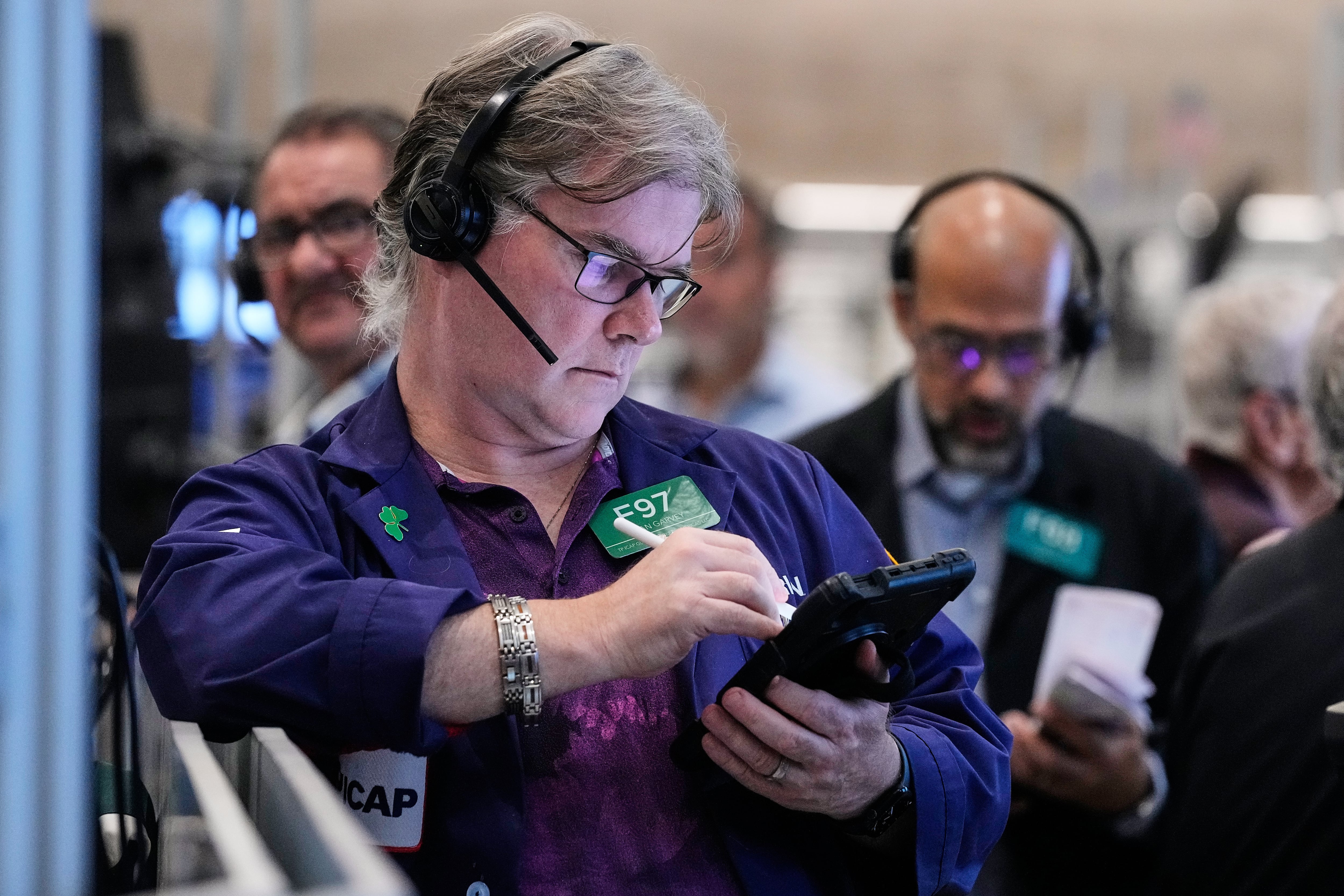WASHINGTON (AP) — An inflation measure closely tracked by the Federal Reserve remained low last month, extending a trend of cooling price increases that clears the way for the Fed to start cutting its key interest rate next month for the first time in 4 1/2 years.
Prices rose just 0.2% from June to July, the Commerce Department said Friday, up a tick from the previous month’s 0.1% increase. Compared with a year earlier, inflation was unchanged at 2.5%. That's just modestly above the Fed's 2% target level.
The slowdown in inflation could upend former President Donald Trump's efforts to saddle Vice President Kamala Harris with blame for rising prices. Still, despite the near-end of high inflation, many Americans remain unhappy with today's sharply higher average prices for such necessities as gas, food and housing compared with their pre-pandemic levels.
Excluding volatile food and energy costs, so-called core inflation rose 0.2% from June to July, the same as in the previous month. Measured from a year earlier, core prices increased 2.6%, also unchanged from the previous year. Economists closely watch core prices, which typically provide a better read of future inflation trends.
Friday’s figures underscore that inflation is steadily fading in the United States after three painful years of surging prices hammered many families’ finances. According to the measure reported Friday, inflation peaked at 7.1% in June 2022, the highest in four decades, before steadily dropping.
In a high-profile speech last week, Fed Chair Jerome Powell attributed the inflation surge that erupted in 2021 to a “collision” of reduced supply stemming from the pandemic’s disruptions with a jump in demand as consumers ramped up spending, drawing on savings juiced by federal stimulus checks.
With price increases now cooling, Powell also said last week that “the time has come” to begin lowering the Fed’s key interest rate. Economists expect a cut of at least a quarter-point cut in the rate, now at 5.3%, at the Fed’s next meeting Sept. 17-18. With inflation coming under control, Powell indicated that the central bank is now increasingly focused on preventing any worsening of the job market. The unemployment rate has risen for four straight months.
Reductions in the Fed’s benchmark interest rate should, over time, reduce borrowing costs for a range of consumer and business loans, including mortgages, auto loans and credit cards.
“The end of the Fed’s inflation fight is coming into view,” Ben Ayers, senior economist at Nationwide, an insurance and financial services provider, wrote in a research note. “The further cooling of inflation could give the Fed leeway to be more aggressive with rate declines at coming meetings.”
Friday's report also showed that healthy consumer spending continues to power the U.S. economy. Americans stepped up their spending by a vigorous 0.5% from June to July, up from 0.3% the previous month.
And incomes rose 0.3%, faster than in the previous month. Yet with spending up more than income, consumers' savings fell, the report said. The savings rate dropped to just 2.9%, the lowest level since the early months of the pandemic.
Ayers said the decline in savings suggests that consumers will have to pull back on spending soon, potentially slowing economic growth in the coming months.
The Fed tends to favor the inflation gauge that the government issued Friday — the personal consumption expenditures price index — over the better-known consumer price index. The PCE index tries to account for changes in how people shop when inflation jumps. It can capture, for example, when consumers switch from pricier national brands to cheaper store brands.
In general, the PCE index tends to show a lower inflation rate than CPI. In part, that’s because rents, which have been high, carry double the weight in the CPI that they do in the index released Friday.
At the same time, the economy is still expanding at a healthy pace. On Thursday, the government revised its estimate of growth in the April-June quarter to an annual rate of 3%, up from 2.8%.













